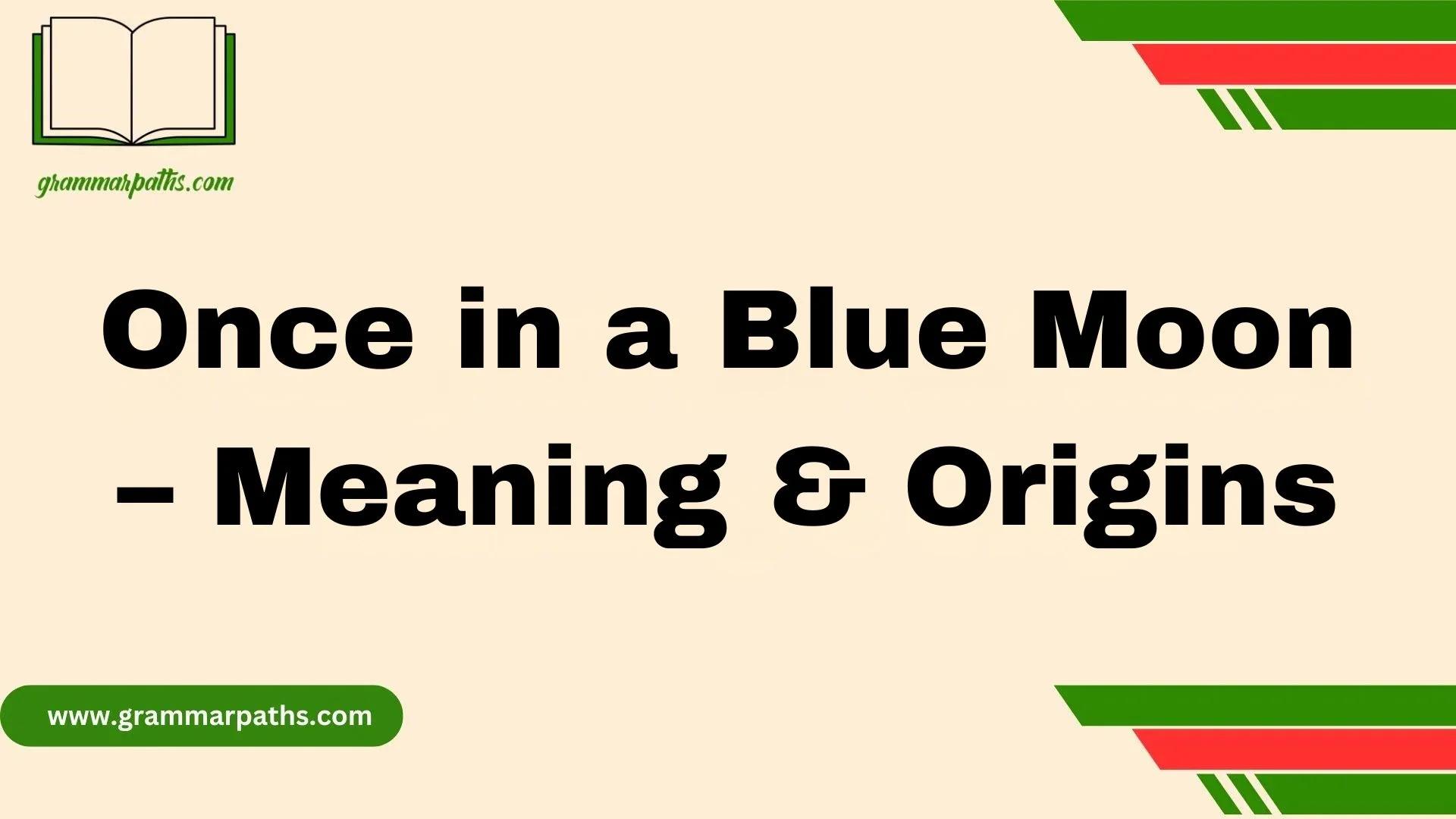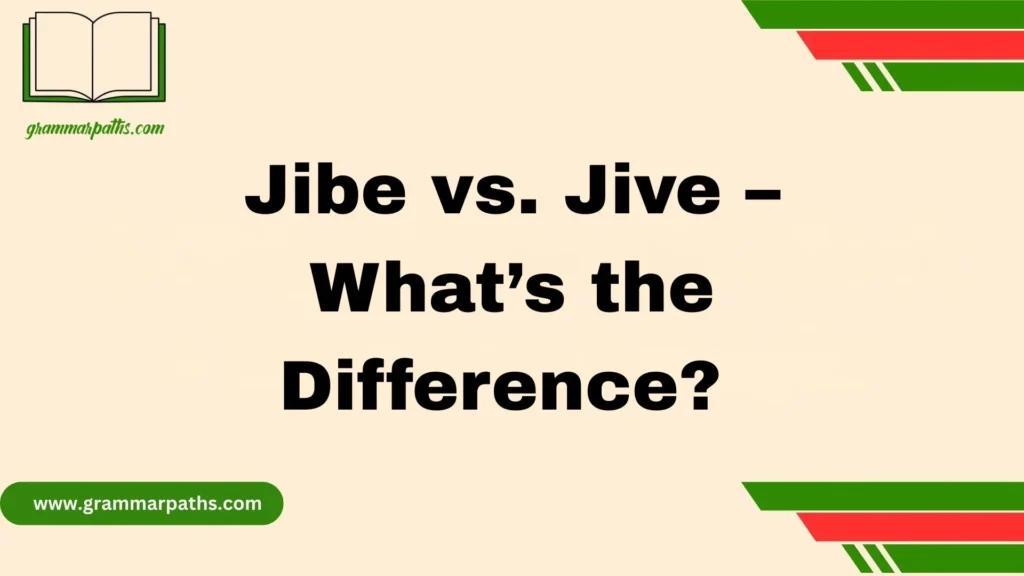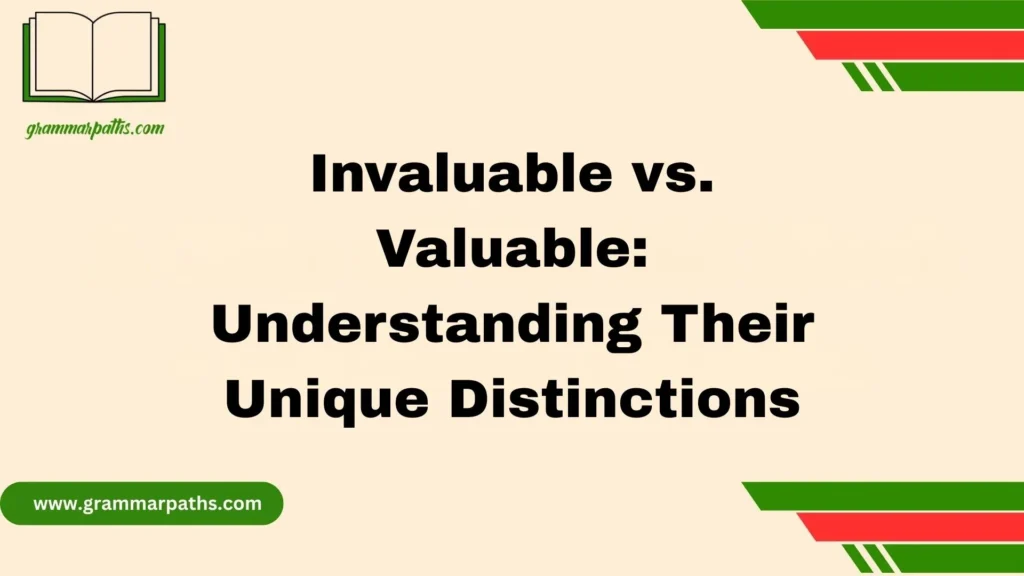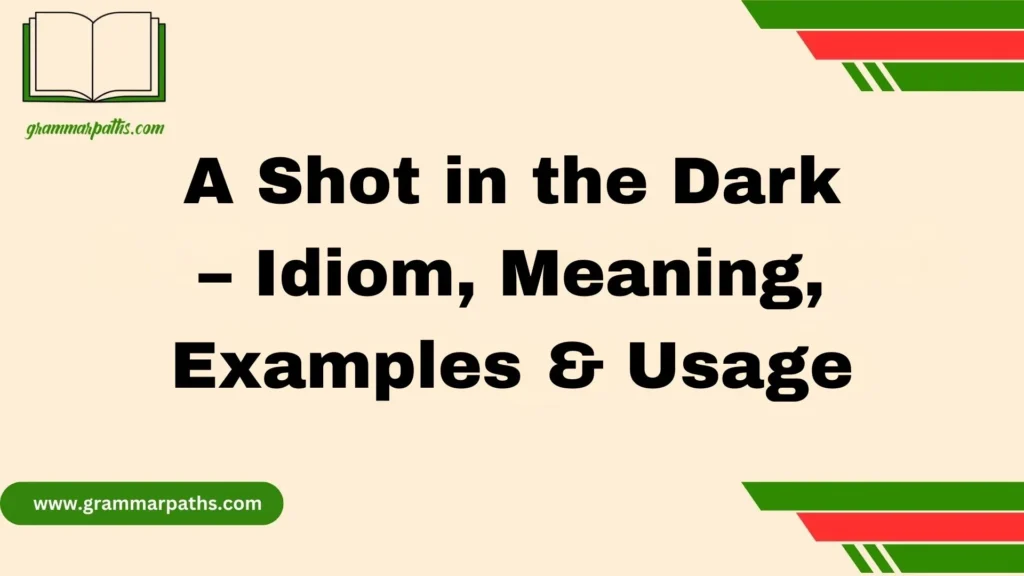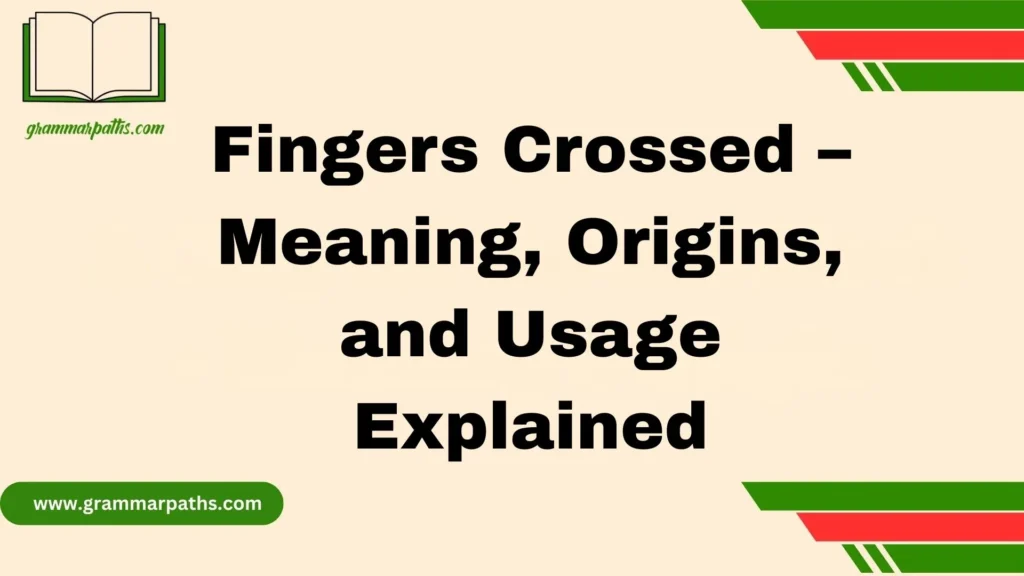The term “blue moon” refers to a rare phenomenon in the lunar cycle, when a second full moon appears within the same calendar month—a detail that’s often misunderstood. This unusual occurrence, while rooted in scientific explanation and modern astronomy, also has poetic beauty and symbolic depth that fascinates many cultures. In the context of “Once in a Blue Moon – Meaning & Origins,” this phrase captures both the emotional and cosmic weight of such events.
The Earth’s orbit and moon’s timing must align precisely, which rarely happens, making the moon visibly unique in the sky. Across generations, this expression has become a metaphor in English speech, taught by teachers, learned by students, and used in educational lessons, creative writing, and idioms. Its evolution in language highlights not just context, but the beauty of how such symbolic terms are used in real life and examples passed on through folklore, expression, and shared human fascination.
What Does “Once in a Blue Moon” Actually Mean?
“Once in a blue moon” means something happens very rarely. That’s it. It’s used when you’re talking about something that doesn’t happen often—maybe once every few years.
Examples:
- “I only eat cake once in a blue moon.”
- “He shows up to family dinners once in a blue moon.”
It’s a way to say “almost never,” but in a more colorful and friendly way.
Similar Phrases That Mean “Rarely”
| Idiom | Meaning | Tone |
| Once in a blue moon | Happens rarely | Playful |
| When pigs fly | Never going to happen | Sarcastic |
| Few and far between | Rare and infrequent | Neutral |
| Once in a lifetime | Happens only once | Dramatic |
These idioms all express rarity, but each has a slightly different feel. “Once in a blue moon” is one of the most positive and creative.
Where Did the Phrase Come From? (Historical Origins)
The phrase has been around for centuries—but its journey is as unusual as the moon itself.
- The earliest known use of the phrase dates back to the 16th century.
- It wasn’t always used to mean “rare.” Back then, “blue moon” was sometimes used sarcastically to mean something absurd or impossible.
- Over time, the meaning evolved. By the 1800s, people began using it the way we do today—to mean “very rarely.”
This idiom is a great example of how language changes. Words and phrases can shift meaning as they’re passed from one generation to the next.
The Science Behind a Real Blue Moon
So… is there such a thing as a real blue moon? Actually, yes—though it’s not always blue in color.
Two Types of Blue Moons
There are two ways scientists define a blue moon:
- Calendar Blue Moon: When there are two full moons in one month, the second is called a blue moon.
- Seasonal Blue Moon: When there are four full moons in one season (spring, summer, fall, or winter), the third one is a blue moon.
How Often Does It Happen?
A blue moon isn’t super rare, but it doesn’t happen every year either. On average, it happens once every 2.7 years.
| Blue Moon Type | Frequency |
| Calendar Blue Moon | Once every 2.5–3 years |
| Seasonal Blue Moon | Once every 2–3 years |
Does the Moon Actually Turn Blue?
Not really. The moon can appear bluish if there’s a lot of dust or smoke in the air—like after a volcanic eruption or wildfire. But that’s not the normal blue moon people talk about.According to NASA, true blue-colored moons are very rare. Most of the time, a blue moon just looks like a regular full moon.
How the Phrase Shifted From Science to Slang
The change from astronomy to idiom happened gradually. At some point, people started using “blue moon” figuratively to talk about things that don’t happen often.
- In British literature from the 1800s, the phrase shows up in poems and jokes.
- By the 20th century, Americans were using it in everyday conversation.
- It popped up in newspapers, novels, and even political speeches.
Language evolves, and this idiom is a perfect example. It started as a scientific observation, became poetic, and ended up part of everyday English.
Once in a Blue Moon in Pop Culture
This phrase has made its mark in movies, music, and social media.
Songs That Mention “Blue Moon”
- “Blue Moon” by The Marcels (1961) – a famous doo-wop version
- “Once in a Blue Moon” by Earl Thomas Conley (1986) – classic country
- “Blue Moon” by Billie Holiday – jazz icon’s version
Movies and Shows
- Twilight Zone (original episodes featured the phrase)
- The Umbrella Academy – a Netflix hit with a quirky style
- Blue Moon (1999) – indie romantic drama
Social Media and Modern Use
- Instagram captions: “Wearing heels once in a blue moon 👠”
- TikTok videos about rare things: “I clean my room once in a blue moon 😂”
- Hashtag: #OnceInABlueMoon often appears with special moments
This idiom is still very much alive—especially among younger audiences.
Examples of How Americans Use It Today
Here are real-life examples you might hear in different situations.
Everyday Speech
- “I go to the movies once in a blue moon.”
- “He texts back once in a blue moon—so don’t hold your breath.”
Business or Workplace
- “Bonuses like that only come once in a blue moon.”
- “We get a celebrity customer once in a blue moon.”
Online Use
- Tweets: “My Wi-Fi works properly once in a blue moon 😤”
- TikTok skits: People joke about only studying or exercising once in a blue moon
Other Idioms That Also Mean Rarely
Idioms often have cousins—expressions that mean similar things but are used in different ways. Here’s a helpful chart:
| Idiom | Meaning | Example |
| Once in a blue moon | Happens rarely | “We eat sushi once in a blue moon.” |
| When pigs fly | Never happens | “He’ll quit gaming when pigs fly.” |
| Few and far between | Uncommon or scattered | “Her compliments are few and far between.” |
| Once in a lifetime | Extremely rare and valuable | “That was a once-in-a-lifetime trip.” |
Each of these has its own flavor, but they all play on the idea of rarity.
Fun Facts and Trivia
Let’s lighten things up with some fun and unexpected facts about blue moons.
- The next blue moon will occur on May 31, 2026.
- The last blue moon was on August 30, 2023.
- A rare “super blue moon” (when a blue moon is also the closest full moon of the year) happened in August 2023—the next one won’t happen until 2037.
- Elvis Presley famously sang “Blue Moon,” adding even more cultural weight to the phrase.
How to Use the Idiom in Your Own Writing
Here are some quick tips if you want to use “once in a blue moon” in essays, posts, or conversations:
Tone Tips:
- Great for casual writing
- Avoid in formal legal or academic writing unless it’s for humour
- Use to express mild sarcasm or gentle exaggeration
How to Add It to Sentences:
- “I visit my hometown once in a blue moon.”
- “That kind of deal only comes once in a blue moon—grab it!”
Writing Trick:
Try rewriting a bland sentence using this idiom. For example:
- Before: “I rarely eat chocolate.”
- After: “I eat chocolate once in a blue moon.”
It just sounds better—and adds personality.
Why Phrases Like This Still Matter
In the age of smartphones and social media, you might think idioms are outdated. But actually, they’re more relevant than ever.
Why People Still Use Idioms:
- They connect generations—your grandma and your best friend might both say it
- They make language more vivid and expressive
- They’re easy to remember, making them perfect for storytelling and social media
Plus, in an age of short attention spans, colorful expressions help people make a point fast and memorably.
Conclusion: More Than Just a Pretty Phrase
The phrase “Once in a Blue Moon” is much more than just an old saying—it’s a blend of scientific truth, cultural tradition, and poetic wonder. From its astronomical basis in the lunar cycle to its powerful place in language and expression, this rare term bridges the emotional, the symbolic, and the educational. As both a literal phenomenon and a figurative way to describe unusual occurrences, it continues to inspire and fascinate across generations and cultures, proving that even the sky can shape how we speak and think.
FAQs:
What does “Once in a Blue Moon” actually mean?
It means something that happens very rarely, almost unexpectedly. The phrase is often used to describe events or actions that don’t occur frequently
Is a blue moon really blue in color?
No, the moon doesn’t actually turn blue. The term refers to the second full moon in a calendar month, which is a rare astronomical event.
How often does a blue moon occur?
A blue moon typically happens once every 2 to 3 years, depending on the lunar cycle and how the calendar aligns with moon phases.
Where did the phrase “Once in a Blue Moon” originate?
The phrase has roots in folklore and was later shaped by scientific understanding. Its metaphorical use in language evolved over time.
How is this idiom used in modern culture?
It’s used in literature, conversation, songs, and educational settings to describe rare events. It’s also taught in language and writing lessons for students.
Bonus: Want to Sound Smarter With Idioms?
Stay tuned for our upcoming deep-dive into idioms like:
- Over the moon
- A blessing in disguise
- Bite the bullet
Sources:
- NASA – What is a Blue Moon?
- Merriam-Webster Dictionary
- Cambridge Idioms Dictionary
- Oxford English Dictionary Historical Archive

Grace Marie is the dedicated writer behind GrammarPaths.com, where she shares her passion for English grammar, idioms, and writing mastery. With a strong background in language studies and years of experience helping learners improve their communication skills, Grace creates clear, practical, and engaging content that makes English easy to understand.
